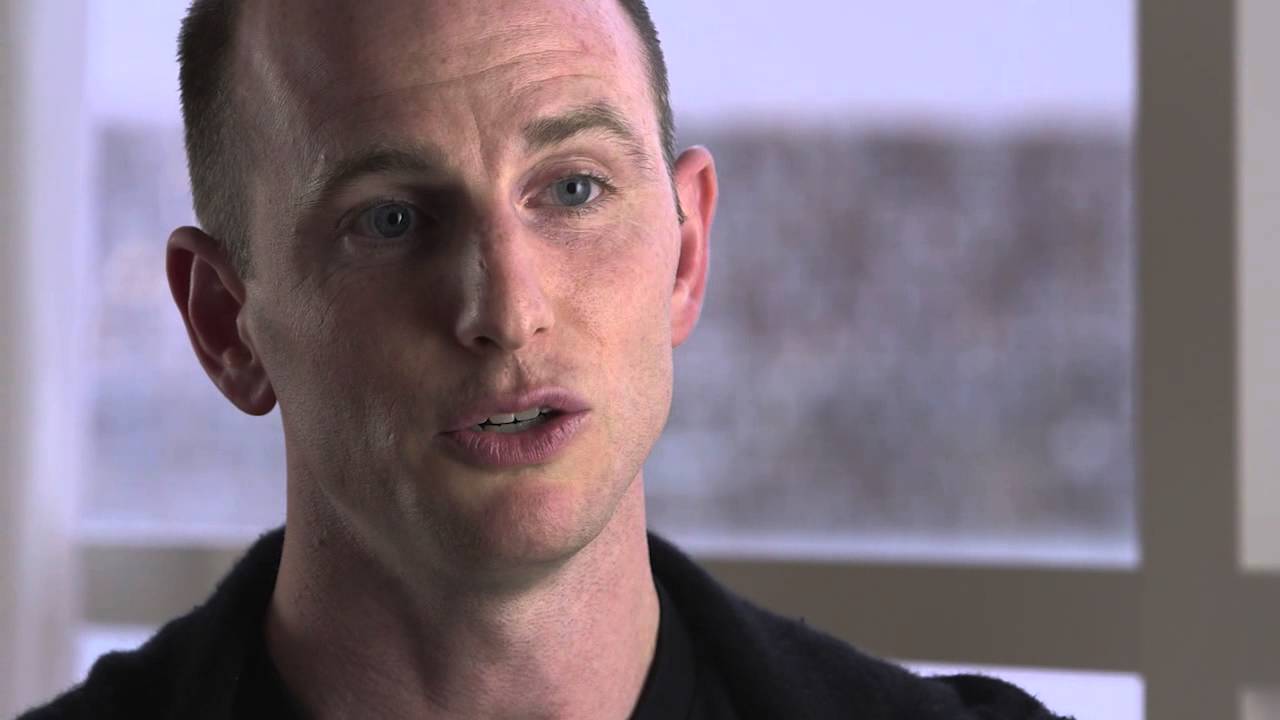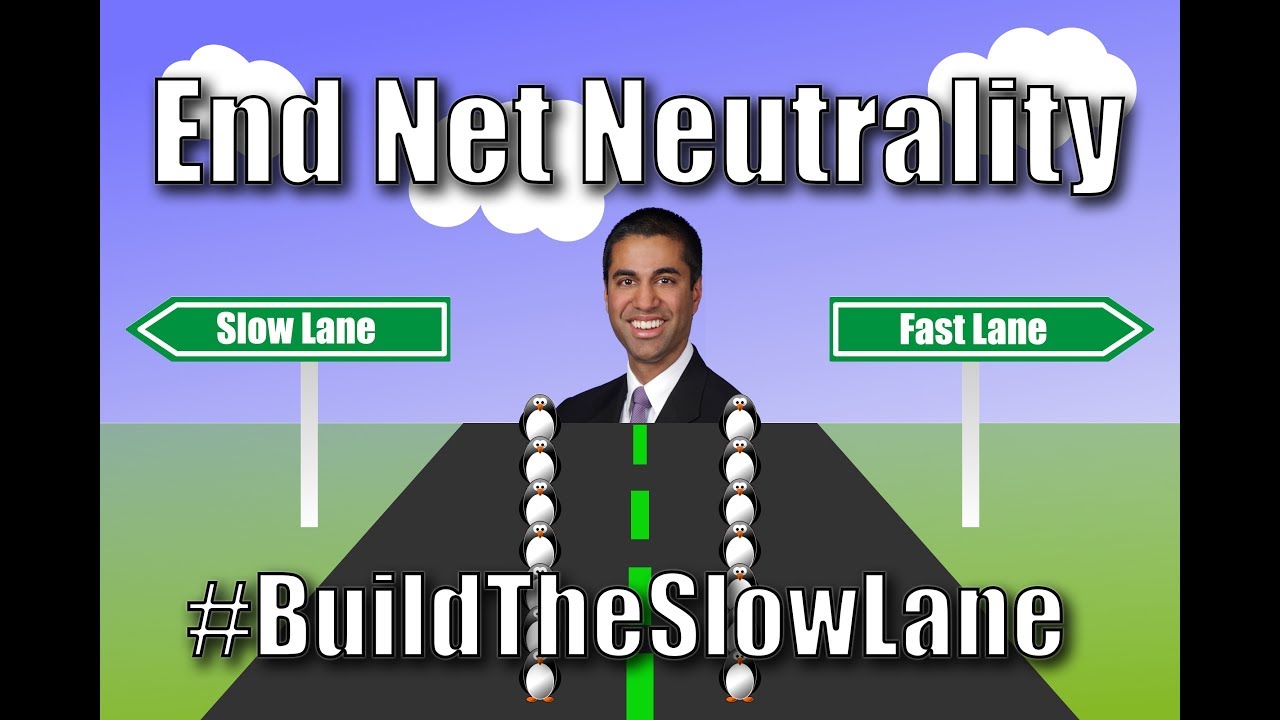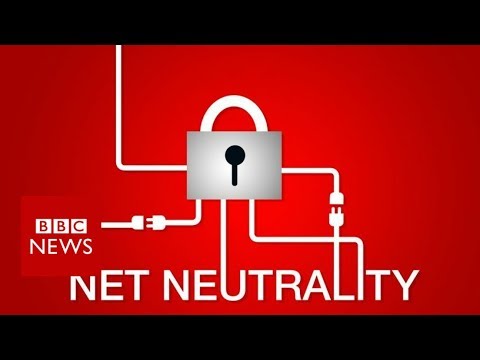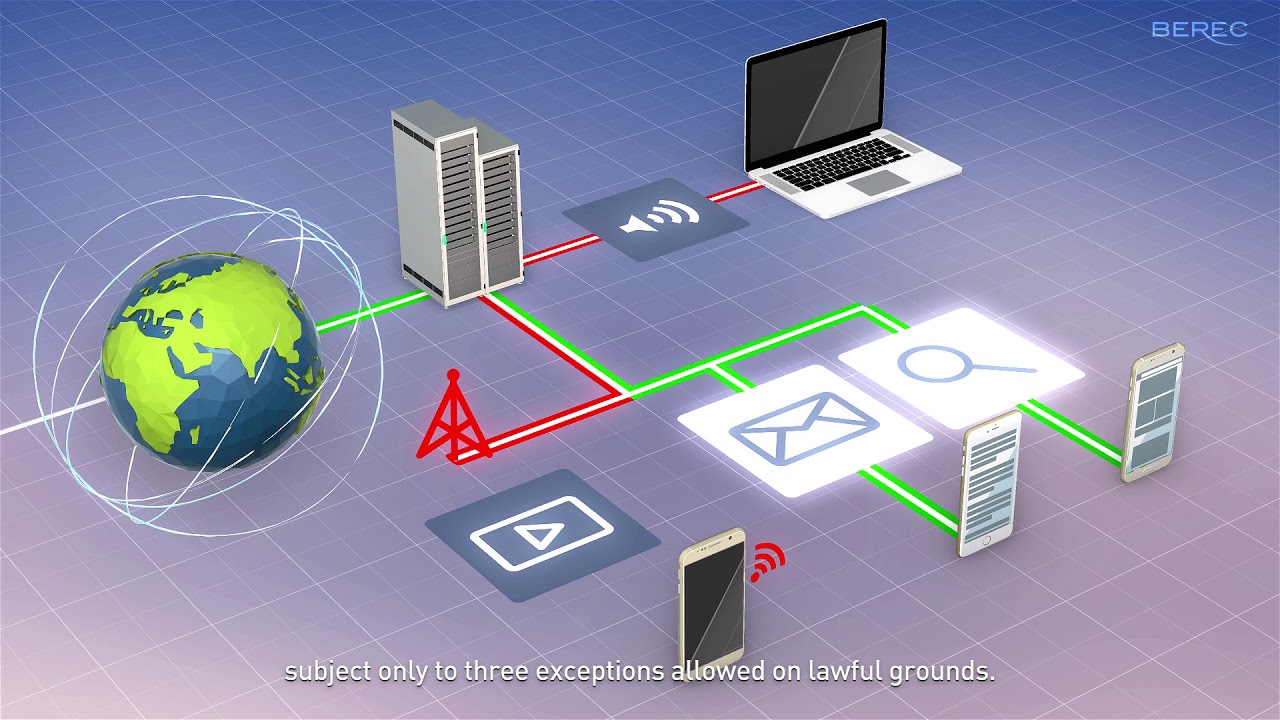6 Rules To Achieve Blitzscaling by Reid Hoffman, co-founder of LinkedIn
There’s a new buzzword that has been getting the attention of startup founders and entrepreneurs in the past year.
You might have heard it: blitzscaling.
As startup founders, looking for ideas to help your organization scale is in the top 3 questions you ask yourself the moment you wake up in the morning.
But what is blitzscaling?
According to LinkedIn co-founder Reid Hoffman who wrote ‘Blitzscaling: The Lightning-Fast Path to Building Massively Valuable Companies’, blitzscaling is setting up aggressive growth goals and achieving them.
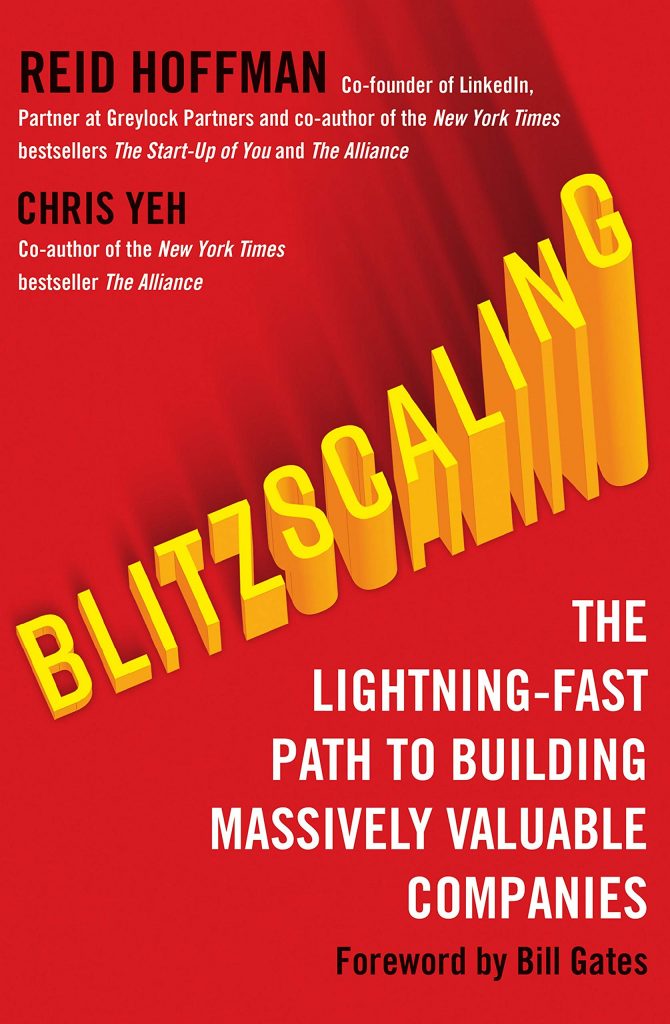
To achieve ‘blitzscaling,’ you have to go against common sense.
Reid Hoffmann
The book has a foreword by Bill Gates.
Here’s what he says:
What entrepreneur or founder doesn’t aspire to build the next Amazon, Facebook, or Airbnb? Yet those who actually manage to do so are exceedingly rare. So what separates the startups that get disrupted and disappear from the ones who grow to become global giants?
The secret is blitzscaling: a set of techniques for scaling up at a dizzying pace that blows competitors out of the water. The objective of Blitzscaling is not to go from zero to one, but from one to one billion –as quickly as possible.

Reid Hoffman (image credits: Reid Hoffman Twitter)
6 rules to achieve blitzscaling by Reid Hofmann:
1. Embrace chaos
Throw order and stability out the window! Annual plans and clear business directions to follow? Ha! There’s no such thing when blitzscaling! You need to sacrifice efficiency for speed and stability for chaos.
But don’t give in to chaos, embrace it.
What’s the difference?
Embracing chaos means taking steps to manage uncertainty, not allowing it to paralyze your business.
Also, it’s not about charging ahead without preparation but rather making smart decisions based on your estimate of the probabilities.
2. Hire Ms Right Now, not Ms Right
A startup’s usual approach to scale is hiring an executive who could scale.
If you want to get your startup to the next growth stage, that’s not the right thing to do.
What you need to do is hire managers and executive who are prepared to handle the current phase of growth.
Size does matter: there’s one thing managing 1000 people and another to run a 10-person company. Each situation requires a different set of skills.
3. Tolerate “bad” management
While traditional business managers strive for stability and achieving smooth operations, blitzscaling startup founders strive for agility.
There is no time for career development conversations with your employees. There is no employee analysis to form teams. All you have time for is pick them and tell them they belong to a new team.
There are many challenges you need to overcome sometimes on a daily basis. Your employees have an overview of their roles but more often than not they will have to adjust to the series of cascading changes and undertake tasks which are not featured in their roles. Reid calls them “Oh s**t!” moments. There will be many of those and your management needs to stay agile to keep the organization afloat.
4. Launch your product even if it’s not perfect
If you are not embarrassed by the first version of your product, you’ve launched too late.
Reid Hoffman
Yes, you want your product to be perfect before launching it on the market. That’s a common mistake investors often see.
It’s also the main regret of startup founders – waiting too long before launching.
Your product doesn’t have to have a beautiful design or work perfectly on all operating systems or displays.
Give the product to your first users and work together to improve it. Seeing how users use your product in real life is the best feedback you will ever need to make your product the best on the market.
It’s better to get your product through iterations with the support of your first users than taking too long to launch a product.
‘Any product that you’ve carefully refined based on your instincts rather than real user reactions and data is likely to miss the mark and will require significant iteration anyway’, says Reid.
Not to mention the iterations made late in the product development process will be much more expensive.
The solution is to define a list of features that you think are the minimum required to enter the market. The result is called an MVP or a minimum viable product.
As investor Guy Kawasaki says in his speech The Art of Innovation about launching early: Don’t worry, be crappy!
5. Choose which fires are less important and let them burn
Every stage of blitzscaling includes problems to solve, situations to address, all sorts of crises, in short – fires.
You wish you could put them all out but the truth is you neither have the time nor the resources to do that.
That’s why you need to exercise the ability to prioritize. Identify which fires are the most dangerous to your organization and put them out first and delay putting out the rest.
6. Do things that don’t scale
In his 2003 essay, Paul Graham, co-founder of Y Combinator advises entrepreneurs to do things that don’t scale.
Here are a few examples that Paul gives in his essay:
- recruiting users manually,
- going out and engaging in person with users,
- thinking of new ways to delight your users,
- consulting which means pick a single user and act as if you were consultant building something just for that one user.
Joe Gebbia, co-founder of Airbnb says the methodology in Silicon Valley is that you have to solve problems in a scalable way. ‘That one line of code has to meet the needs of tens of thousands of people’.
But that’s not always the best solution to a problem.
Sometimes the best way to solve a problem is to do things that don’t scale like meeting with your users in real life and spending a few moments in their shoes.
That’s what the Airbnb co-founders have done at one point in the early phase of their product: they met with their users in-person.
Aside from getting valuable insight into user experience, the meetings resulted in a surprising change in users’ behaviour.
They started using the word love in the same sentence as Airbnb and they became brand ambassadors talking about the platform with their family and friends.
Here are other examples via Do Things That Don’t Scale:
DoorDash co-founders used to deliver hummus themselves and get direct feedback from their customers. DoorDash is now worth $12.6 Billion after new $600 million investment.
Slack founders begged their friends at other companies to try their messaging platform and give them feedback. Slack is now worth more than $20 billion. Learn how Slack grew to 8 million subscribers in 5 years.
Tinder reached 15000 early users by going on a road trip to college sororities and fraternities. The famous dating app is now valued at $10 billion.
Conclusion
What is blitzscaling?
Blitzscaling is going against traditional management rules like efficiency and risk minimization.
If you are looking to achieve blitzscaling, you are going to follow a new set of rules. These rules are counterintuitive and you didn’t learn them in business schools.
Blitzscalers are startup founders that do what it needs to be done (but it’s not illegal or unethical) to get their organization and their product flying.
Are you a blitzscaler?
Join the Conversation
We’d love to hear what you have to say.
Get in touch with us on Facebook Group and Twitter.
Vacation Time: 17 Tips & Rules for Employees, CEOs and Organizations
It’s summertime and people are thinking about going on vacation. Soaking up the sun on the beach or hiking up the mountains? Whichever you prefer, all employees must take vacation time off.
What this article talks about:
- 6 rules for good managers to encourage employees to take their vacation time;
- 8 tips for employees looking to have a relaxing and guilt-free vacation;
- 1 rule for CEOs to follow in order to have a relaxing vacation;
- 2 vacation policy recommendations for organizations (with examples).

Americans – the No Vacation Nation
A recent survey conducted by Kimble Applications dubs the Americans the No Vacation Nation. This survey concludes Americans are overworked, under pressure and not taking time off from work.
Here are the survey’s main findings on how many Americans take time off and why they struggle to leave the office and go on vacation:
- 53% don’t take their vacation days;
- 27% say they just have too many projects or deadlines to take time off;
- 13% fear they’ll return to too much work;
- 19% are anxious about being away from work;
- When they do go on vacation 48% say they proactively check in on work;
- 14% believe that employees are more likely to succeed and advance in their career if they choose not to take all
- of their vacation time;
- 19 % say that they’ve felt pressured by their employer or manager to not take their vacation time off.
What are the consequences of this situation?
Accumulated stress, increased fatigue, depression, decreased productivity rates and ultimately burn out.
On May 25, theWorld Health Organization (WHO) formally defined the syndrome as energy depletion, exhaustion and negativity resulting from chronic workplace stress (source).
Working while on vacation is also bad for your health. It ruins your relationship with your spouse and your kids.
How would you feel if your children believed you loved your work more than you loved them?

6 Rules for Good Managers
You are certainly familiar with the saying People don’t leave companies, they leave bad managers.
Vacation time is vital for the employees’ physical and mental health as well as for work productivity and good managers should encourage them to take it.
Good managers:
- Don’t frown upon employees taking up vacation;
- Don’t make their employees feel shame or guilt around vacation;
- Are the first to set a good example and take their allotted vacation days;
- Never call or email their team members while on vacation;
- Assure him/her the team can handle anything that could come up while they are away;
- Expect their team members to disconnect, relax and focus on making amazing memories and get back to work feeling recharged.
I was inspired to write this article after reading a LinkedIn post by Brian Dresher, one of my 3rd-degree connections. At the time I had made a mental note to come back to Brian’s post and refer to it in my article. Unfortunately, I had failed to save the link to his post. I hadn’t liked his post either so it didn’t show in my LinkedIn activity. I searched for Brian’s post for three hours and I was beginning to come to terms with the fact that I wasn’t going to mention it in my article when I suddenly found it! Hooray! What a relief!
You can see why I was so adamant to show it to you:
8 Tips for Employees looking to have a relaxing and guilt-free vacation
Going on vacation is mandatory if you want to avoid a drop in productivity, increased levels of stress and fatigue.
But if you want to have a great time during your vacation you need peace of mind.

Here are 8 tips for employees looking to have a relaxing and guilt-free vacation:
- Communicate the time you will be out of the office to your prospects/customers;
- Don’t call your prospects/customers while on vacation!;
- Make sure you get done the important tasks in your final working week so you can enjoy your time at the pool sipping cocktails;
- Handover important tasks to your colleagues so you can relax knowing they’re being taken care of while you’re away;
- Stay off your smartphone, limit yourself to checking it only an hour a day;
- Make a rule of not checking your office emails and stick to it;
- Anticipate any needs your colleagues might have and prepare a word document or spreadsheet to answer them;
- Appoint one of your colleagues to handle your customers’ needs while you’re away.

2 Vacation Policy Recommendations for Organizations
Netflix, which disrupted the TV entertainment industry and made binge-watching a cultural phenomenon has a strong company culture. An important aspect of this culture is its unlimited vacation policy. This policy states that employees are free to intermix work and personal time at their own will and take time to go on vacation.
Netflix CEO Reed Hastings sets a good example in this respect – he takes 6 weeks’ vacation. Why? Because “it helps you get back to work with fresh new ideas.”
Learn more: 8 Key Factors Behind Netflix’s Success Story
Like almost all tech startups in Silicon Valley, Buffer had an unlimited vacation policy for its employees as a company perk just like Netflix. What management at Buffer didn’t expect was employees barely taking any vacation at all.
They realized the main problem with unlimited vacation time was not knowing how many days off someone should take which prompted the company to go through a series of policy adjustments. The company went from unlimited vacation to offering its employees a $1000 bonus to go on vacation, a minimum vacation policy of 15 days off to a full-team Buffer is closed strategy.
For the first time, we’re closing Buffer for a mid-year holiday (Wed-Fri). Here’s a lil’ thread on holidays and time off on our distributed team. Maybe it’ll help others in #remotework!
— Courtney Seiter (@courtneyseiter) July 2, 2019
Here are 2 recommendations regarding your organization’s vacation policy:
1. Have a vacation policy in writing
To have everyone on the same page, write down your vacation policy and communicate it across your company. The goal of having a written vacation policy is to lay down ground rules and be prepared to answer questions from your employees.
2. Avoid schedule conflicts
If you cannot have your company close for a limited amount of time – like Buffer – is not a solution, then stick to your employees scheduling their vacations which – more often than not – leads to schedule conflicts.
To avoid such unpleasant situations, you need a set of rules. You can go with first come, first approved rule or 3 employees at all times rule and provide them with an editable calendar so they can self-manage their vacation days to follow this rule.

1 rule for CEOs having a relaxing vacation – Empowered Employees
You are the CEO of your company. You worked hard to take your company off the ground and in the first years since launching your business, you took no vacation at all.
Now the company is powered by your employees and business operations run smoothly. It’s time for you to take the much-needed time off and go on vacation.
Having a great summer vacation is conditioned by one thing only: that you have been actively empowering your employees throughout the year.
Why?
Because empowered employees don’t need micromanaging, they are responsible and can be trusted to make the right decisions for the company. Empowered employees have stronger job performance and are more driven to take care of the needs of the customers they serve. When you empower your employees, they ensure the success of your business.
What steps does your organization take to encourage its employees to go on vacation?
What is the vacation policy of your company?
Share your thoughts in the comments.
Join the Conversation
We’d love to hear what you have to say.
Get in touch with us on Facebook Group and Twitter.
All You Need To Know About The 5 AM Club
Some of us prefer to work in the morning, while others during the evening and night. We are used to say that the difference is made my our biorhythm. But what happens when you want to be more productive and have more time on your hands? What is the best formula to help you get forward? According to Psychology Today, several studies have shown that we function best physiologically and psychologically when our internal cycles are well-synchronized with those of the external world. If we mess up our sleep and wake patterns, for example, our mood suffers.
Alertness wanes and concentration falters. Memory gets shoddy. And performance on important tasks takes a dive. You don’t feel coherent, may not even be able to speak coherently. Physical well being suffers too. The immune system is compromised, leading to higher likelihood of a cold or flu. Hormones are in disarray, stomach problems arise. These are common complaints among those doing shift work, experiencing jet lag and suffering insomnia.
In addition to the body rhythms set to the day, there are other body rhythms occurring in cycles of shorter duration, often multiple times during the day. These are known as ultradian rhythms. With these, too, biological and psychological alertness and performance are very strongly correlated to the synchronization of your actions with the body’s natural patterns.
In the last years, there is a new trend and strong movement called “The 5am Club” that is trying to convince people that waking up at 5 am offers you a set of advantages over the rest of the people and, more than that, helps you become a better you.
The 5am Club by Michael Lombardi is a book about how to take advantage of your most productive time of the day, and how to prepare effectively both mentally and physically, to be ready for whatever the day throws your way. According to its writer, starting your day early gives you a leg up on others and gives you time to prepare yourself for your day before you are immersed in it. That quiet time early in the morning is a time to prepare you, body and mind, for a good start. That good start, in turn, gives you the chance to focus on positivity and ensure your day goes the best way possible.
It’s not as easy as setting your alarm for 5am, though. You need to manage your sleep effectively so that getting up so early does not take its toll on you. You need to manage your health, including food and drink intake to keep your body properly fuelled. And in addition, you need to minimize distraction in order to ensure a calm start to your day.
While there are many more personalities talking and writing about the subject,from Jeff Sanders and his 5am Miracle Podcast, and to Sharran Srivatsaa, probably the best known person for promoting the idea of The 5 am is Robin Sharma.

What has The 5 AM Club taught Robin Sharma about creativity and productivity:
1. When attempting to do a towering work that turns the industry on its head, you’ll feel like it’s not good enough, a lot of the time.
2. When you feel like quitting is the time you must commit to continuing.
3. Critics should move out of the way of people trying to get things done.
4. Procrastination is just your fear trying to divert you.
5. Fasting is an amazing practice to elevate your mental clarity, fireproof your energy and save a ton of time [and grocery expenses; joking…a little].
6. There is immense value, as you produce a project that you want to endure for decades, in getting lost from your usual life. You absolutely need to “go dark” so you get into the Flow State of mind that will deliver peak ideas to you. Major parts of The 5 AM Club were written in Rome, Russia, Brazil, Switzerland and Mauritius.
7. Get your creative tools right.
8. On the writing of this book, music was almost always playing as he worked on his craft. Music works to activate your best.
9. Reward yourself.
There is also an app, available in the AppStore.
In Romania, coaching on the subject is done by Dan Luca.
Why you should do it? Here are the main pros of the method:
- Bigger productivity
- More time for exercising, yourself and your loved ones
- Time for eating right and being present, enjoying every minute
- Getting the sleep at the right time when you need it
- Time to be the best at what you do
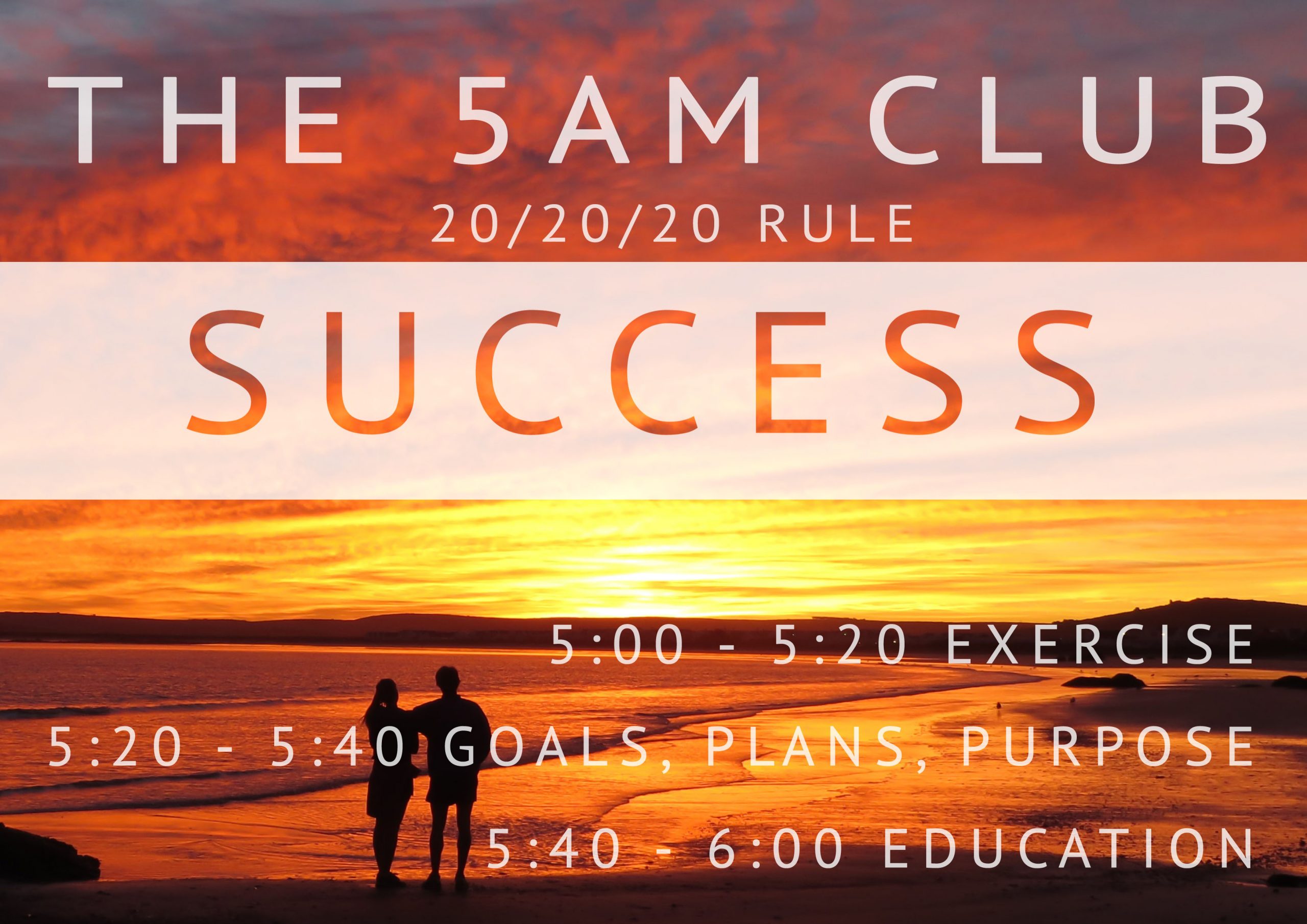
Online you can find several examples of people that state that starting their day at 5 am has changed their lives for the better. You can start from here, here and here.
Still, there are also plenty of people who believe that this isn’t sustainable on a long run or if you are just not simply cut out for it.
Net neutrality 2018 – where does it go?
The U.S. Federal Communications Commission voted along party lines on Thursday to repeal landmark 2015 rules aimed at ensuring a free and open internet, setting up a court fight over a move that could recast the digital landscape, reported Reuters.
“The approval of FCC Chairman Ajit Pai’s proposal in a 3-2 vote marked a victory for internet service providers such as AT&T Inc, Comcast Corp and Verizon Communications Inc and hands them power over what content consumers can access. It also is the biggest win for Pai in his sweeping effort to undo many telecommunications regulations since taking over at the agency in January. Democrats, Hollywood and companies such as Google parent Alphabet Inc and Facebook Inc had urged Pai, a Republican appointed by U.S. President Donald Trump, to keep the Obama-era rules barring service providers from blocking, slowing access to or charging more for certain content. The new rules give internet service providers sweeping powers to change how consumers access the internet but must have new transparency requirements that will require them to disclose any changes to consumers,” commented David Shepardon for Reuters.
What can this mean in the near future? Even the consumers will probably don’t see immediate changes, it is reported that smaller startups worry the lack of restrictions could drive up costs or lead to their content being blocked.
This vote will negatively impact small- and medium-sized Internet business, and has the potential to decrease jobs and economic growth system-wide,” said Christian Dawson, executive director of i2Coalition, which includes Amazon and Google, quoted by USA Today.
“The scrapping of the Obama administration’s rules is likely to set up a court battle and could redraw the digital landscape, with internet service providers possibly revising how Americans view online content. The providers could use new authority to limit or slow some websites or offer “fast lanes” for certain content. Republicans on the FCC have sought to reassure young people that their ability to access the internet will not change after the rules take effect. People who favor the move argue that after users realize that little or nothing has changed in their internet access, it will not resonate as a political issue,” writes Fortune.
Meanwhile, in Europe….
According to Conversation, in the UK, “net neutrality is currently protected by EU policy 2015-2120 in support of a Digital Single Market – Brexit fallout aside. Potentially, after Brexit, the UK government could choose to revoke this policy, although this is unlikely because it has already committed to a Universal Service Obligation (USO), effectively making broadband access a legal requirement, as it has been in Finland for many years. Additionally, ISPs are held to account by the UK communications regulator OFCOM, which is tasked with ensuring fair play and protecting consumers from poor service. There has been widespread criticism that OFCOM has been slow and ineffective in persuading big players such as BT/Openreach to act responsibly in the past, though it has made progress recently.”
How often should you post on social media until it gets annoying?

Too often? Too little? Not enough? Too much? One of the most important questions that rise when thinking about the social media strategy for your brand. The frequency of updating your pages on social media is a key factor to the social media account’s success.
When it comes to Facebook there is a public, known rule of two posts a day that, according to Forbes, is a rule that works if you are handling a substantial Facebook following of at least 10,000 followers. “Whenever you have an audience of this size, there is almost no disagreement that posting twice a day is the way to maximize clicks and engagement on your content. But what if you have a smaller following? Say only a few thousand, or even a few hundred? Does this rule still apply?” added the Forbes editors.
The answer, as expected, is complicated and not easy to be given. It takes testing, learning more about your followers and listening to the specialists and paying attention to their pieces of advice.
With over 1 billion accounts Facebook is the place to be. But, not every fan you have on Facebook will see everything you post. And that due to Facebook EdgeRank. The more your followers like, share and comment on your posts, the more likely they are to see them in the first place. This is where great content comes into play. Your followers will want to comment, share or like posts that keep their interest, make them laugh or teach them something. The advice given by yahoo.com would be to post at least 3 times a week, but every day would be even better. You don’t have to create all the content; share fun pictures, e-cards or posts that you think your followers will like. Sharing counts towards EdgeRank and engagement.
According to coschedule.com, when it comes to Facebook, the recommended posted time is one post a day, between 1-4 pm. Curate or re-share a post every other day. Ahalogy suggests that posting to Facebook no more than once a day is best or you’ll start to feel spammy. Buffer says you can post to Facebook twice a day before likes and comments drop off. Constant Contact says to post on Facebook a minimum of three times per week while keeping your maximum posting frequency to 10 times per week. DowSocial says two Facebook posts per day as a minimum works well for increasing your reach. They also suggest that sharing fewer posts and then promoting them is the best way they’ve seen to increase their engagement. HubSpot’s benchmarks suggest to post to Facebook a minimum of three times a week. They say to set your maximum number of Facebook posts to 10 times per week.
LocalVox likes to post once a day to Facebook as a maximum while three times a week is their suggested minimum. Nulou suggests to post a minimum of three times a week to maintain your consistency while keeping your maximum number of Facebook posts to no more than 10 a week. Quick Sprout found that Facebook pages with smaller amounts of followers should post about 16–30 times a month, or roughly once every day or two. If you have a bigger fan base, Neil Patel suggests posting at least 31 times a month, which he says is about once or twice a day. Mari Smith recommends 5–6 Facebook posts per week. And some good advice: Skip weekdays if you have to, but not weekend days, since Facebook users tend to be active on the weekends and in the evenings.

source: CoSchedule
According to yahoo.com, unlike Facebook, on Linkedin you won’t need to post things quite as often, maybe a couple times a week, if you have important things to share. Be sure to participate in groups, they’re great for establishing thought leadership and making connections on your industry. This is a place to network with others in your field and maybe find new business, so share blog posts, events and relevant info for your industry.
Important is once again to test and see what kind of content your fans and followers interact with, in order to find your own post frequency sweet spot. Keep in mind that your followers may have many different schedules and you may find more comments, shares and retweets happening around 8 pm rather than at noon so give it a try and see what works best.
The specialists consider that the best frequency of posting is one time a day, between 10-11 am. Buffer says 20 posts a month or posting once a day helps you reach 60% of your followers on LinkedIn. Constant Contact recommends posting on LinkedIn at least two times per week. Post a maximum of five times per week. DowSocial recommends sharing daily to LinkedIn, but doesn’t provide a solid number. They suggest that daily shares keep your followers in the loop, but not overwhelmed. HubSpot’s benchmarks recommend posting at least twice a week, while your maximum posting frequency should be no more than five posts per week. Nulou says to post to LinkedIn a minimum of two times a week to maintain consistency while five times a week should be your maximum number of posts. Quick Sprout cited LinkedIn’s own recommendations for an ideal posting frequency of 20 times a month, which is about once every business day.

Source: ShortStack
